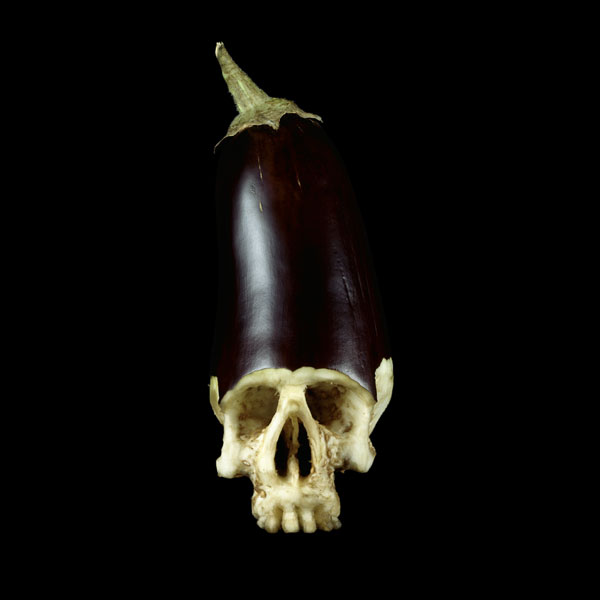23 Haziran 2012 Cumartesi
Lake Crescent a Chinese oasis in the desert.
Around 6 km from the city of Dunhuang in western China, Lake Crescent lies - an incredible oasis in the Gobi Desert. In Chinese it is called Yueyatsyuan. This lake is a crescent-shaped - the most important landmark of the region, where one of the greatest Buddhist temples situated in the world.
This lake was named a World Heritage Site by UNESCO, but it is reducing from the 1970s and now is only a third of its original size. (UrinalCakes on Reddit)
Only in the last 30 years the lake has dropped by 7.6 meters. (Richard Towell)
Recently, local authorities began to take steps to keep this place and restore the depth of the lake to previous levels. (Richard Towell)
Today the ancient city of Dunhuang, which served as a gateway to the West, threatened by the modern requirements. (Black_lava)
The dam was built 30 years ago to help local farmers, as well as for population growth, is strongly influenced by the already fragile ecosystem of the desert, which has been stable for thousands of years. (Tom Thai)
With the arrival of increasing numbers of people in the region, groundwater level ( the main source of local drinking water) began to fall. (Newlite)
22 Haziran 2012 Cuma
The underground house in the village of Vals Switzerland.
In the Swiss village of Vals (Vals) architectural company SeARCH and Christian Muller Architects have developed an unconventional design of the underground private homes. Practically the whole house is located inside the hill (160 meters), and its glass facade out to the terrace (60 sq.m.), with a magnificent view of the Alps and green meadows.
The house is almost entirely decorated with modern designs of Dutch origin, in cooperation with a large number of Dutch designers and design companies that Dutch produce. Plates, cups, vases and lamps from Hella Jongerius, banks, throws and pillows by Scholten & Baijings. There is glassware by Aldo Bakker, there are lamps by Marcel Wanders and there are carpets of Claudy Stra. Studio JVM designed the bedroom and bathroom on the ground floor. Organic Cotton bed linen is of Matters.
You can get into the house, not only from the main entrance, but through an underground tunnel leading from the barn to the house.
The main construction material used concrete, panels and doors are made of oak. The house is supplied with electricity generated by hydropower plants on the nearest lake.
Neuschwanstein Castle!
Neuschwanstein Castle
In 1867, while traveling in France, Louis II visited the castle of Pierrefonds . The idea of mixing the Gothic Revival architectural style to that, medieval, of Wartburg in Thuringia gave a fiery result.
Seven weeks after the death of Louis II in 1886, the castle of Neuschwanstein was opened to the public. The king, unsociable, had built the castle to get away from crowds. Her refuge is now becoming a big attraction.
Neuschwanstein is most visited castles in Europe. About 1.3 million people a year visit "the castle of the king of fairy tale." In summer, more than 6,000 visitors on average per day, jostling in the halls once provided for one man.
Neuschwanstein Castle was built largely in the late Romanesque style of the early thirteenth century . This can be seen in the construction of the building as a whole as well as in its ornamentation: arched portals, arches and windows of the towers, the position of columns and windows and pinnacles. The residential halls of the king and the state rooms of the third and fourth floors were more or less completed in 1886. The second floor rooms are still bare brick and are not visited. Elements of neo-Gothic and neo-Byzantine (the throne room) are also present. As such, the castle is an example of eclectic architecture of the era romantic . It is also a typical example of historicism in architecture.
Since 1886 , there were on average 1.3 million visitors annually. Each summer more than 6,000 visitors per day are scrambling to different parts, originally scheduled to host a single person. The visit can be completed by the screening of a film on the life of Ludwig II of Bavaria .
The Free State of Bavaria spends about 11.2 million euros each year for maintenance and improvement of visitor services. Nevertheless, this represents little face Neuschwanstein generates profits.
Kaydol:
Kayıtlar (Atom)







